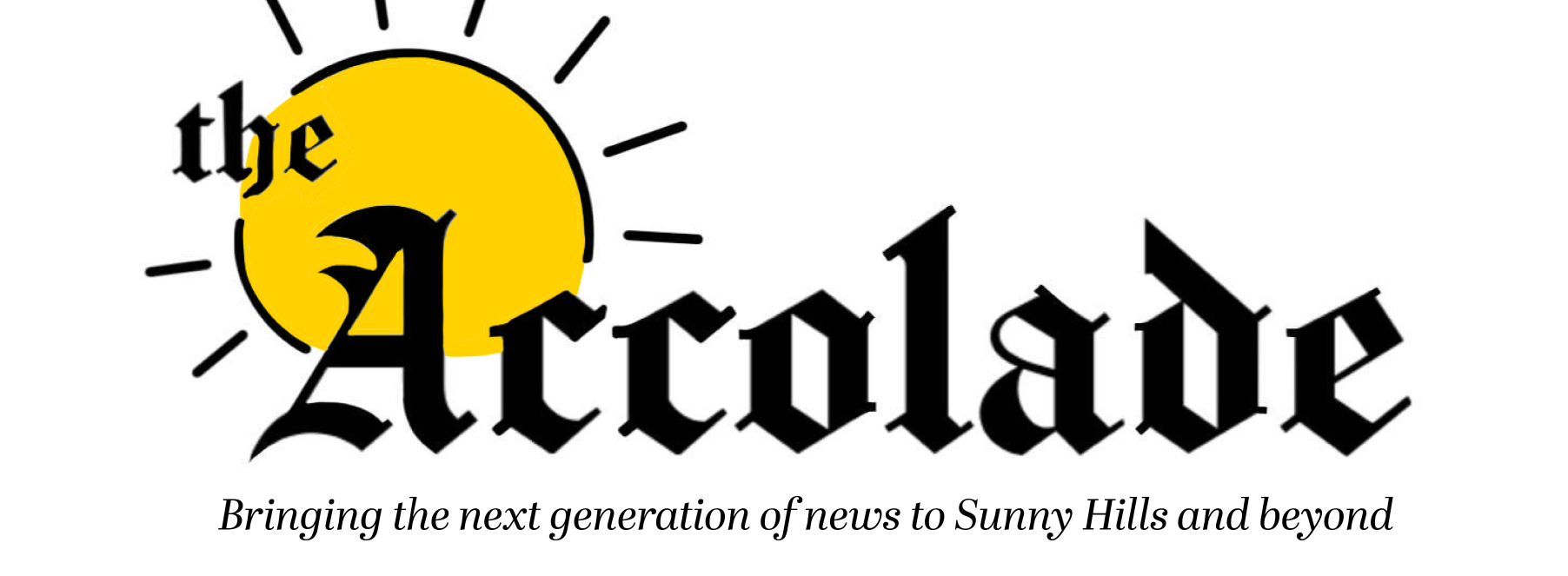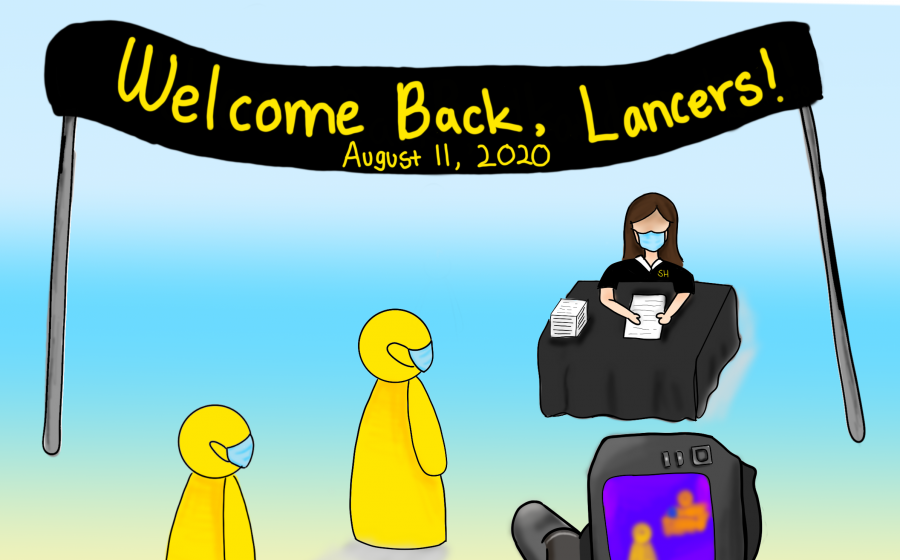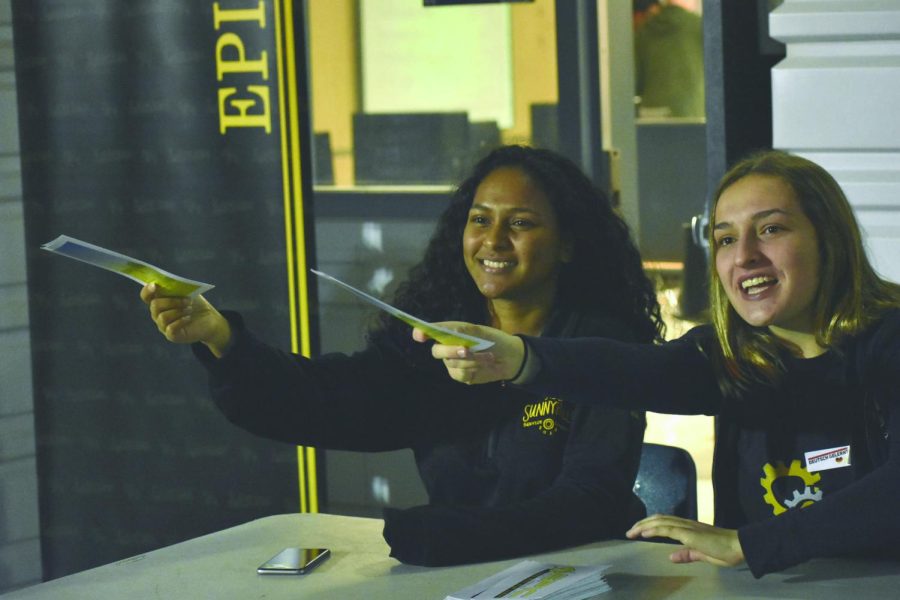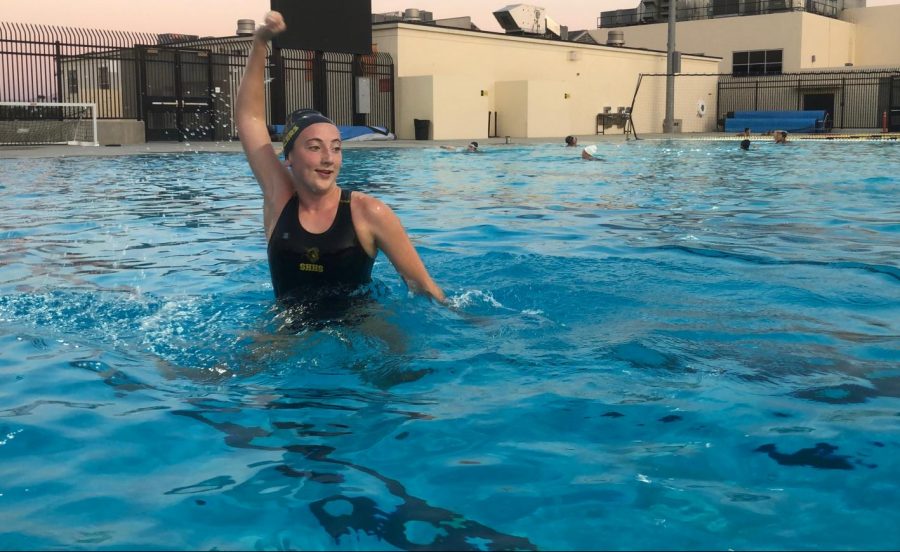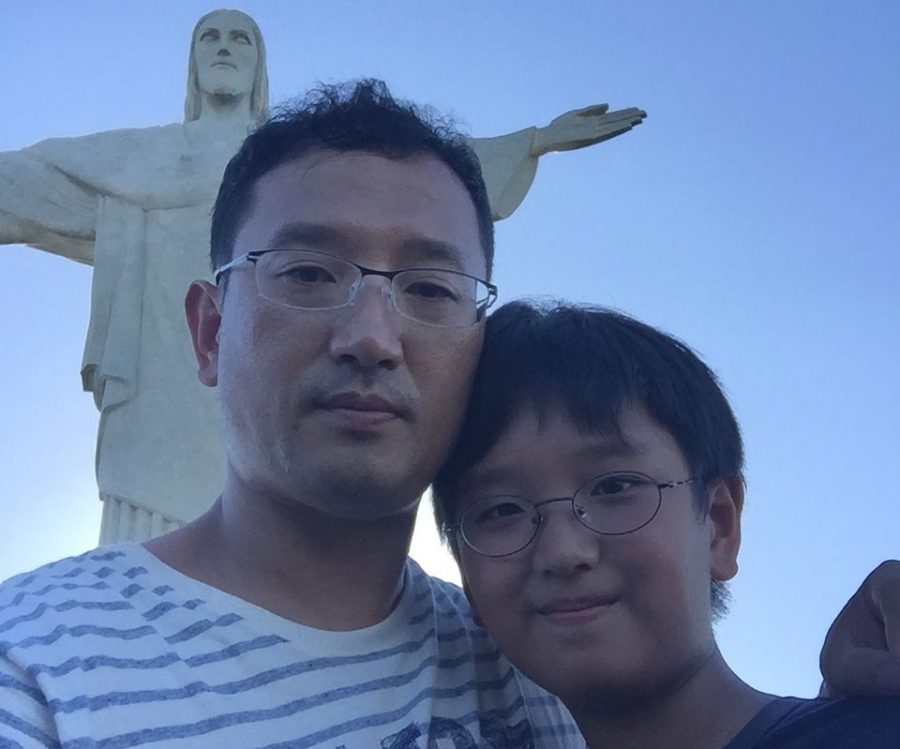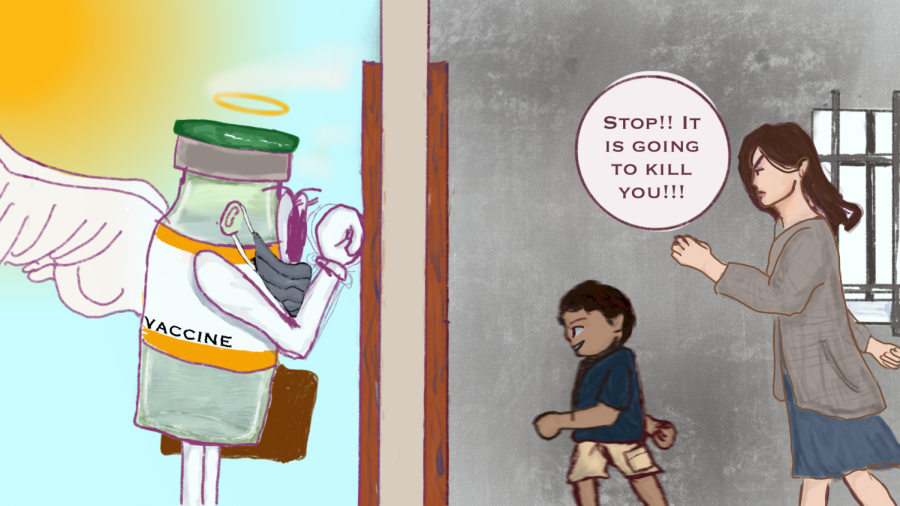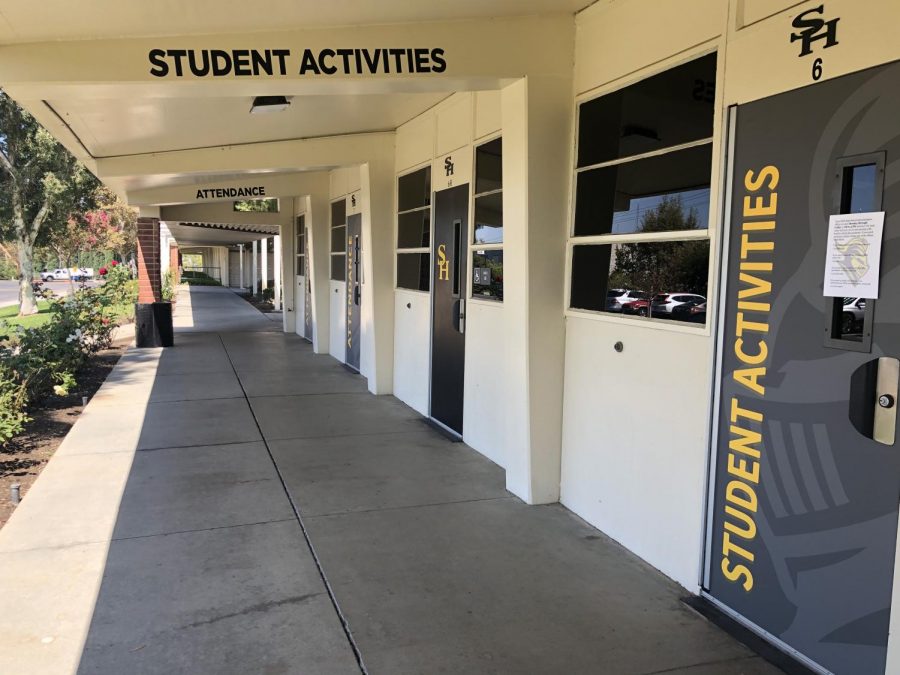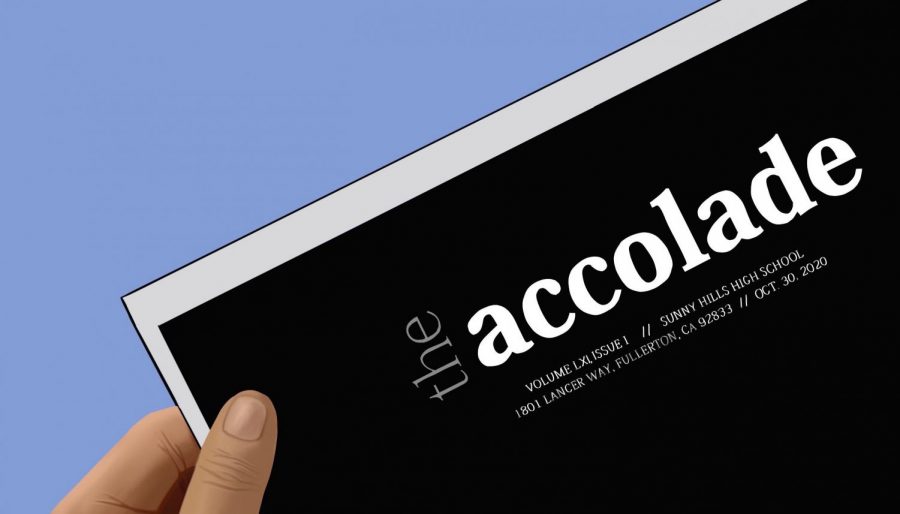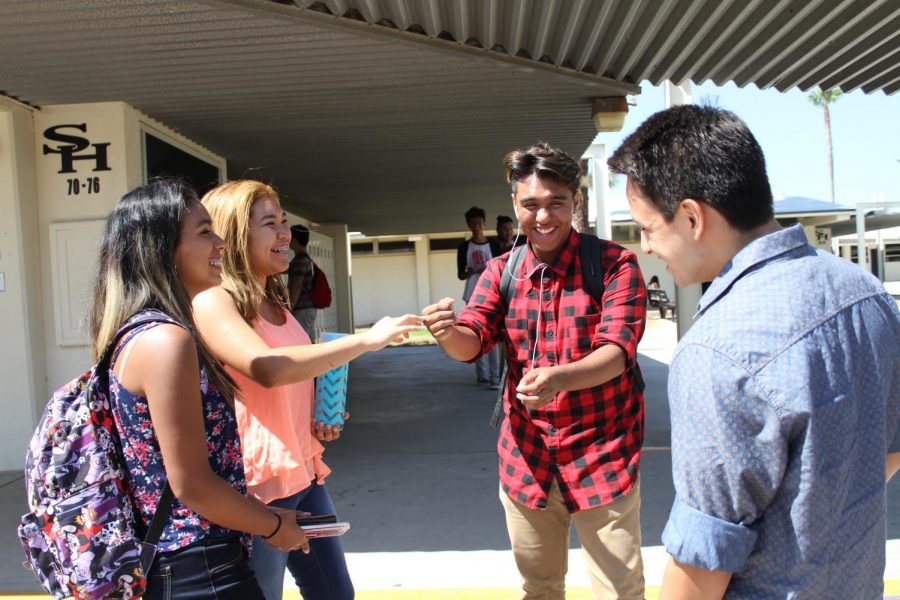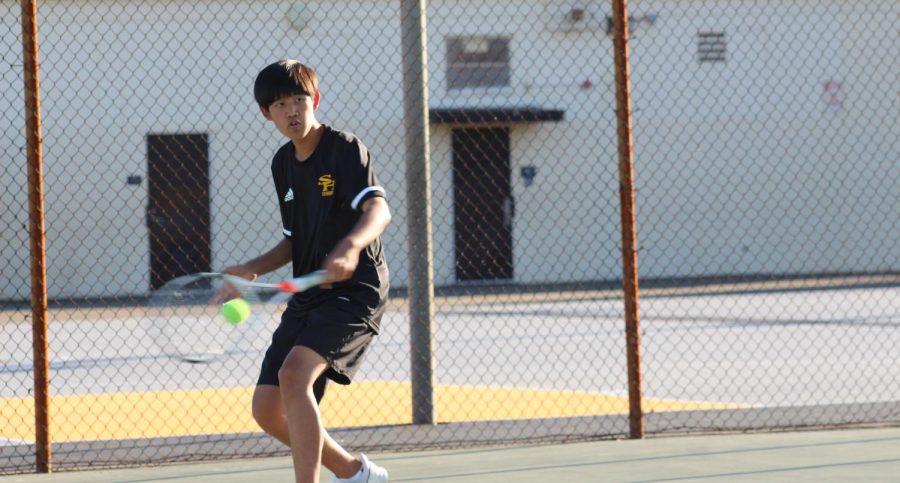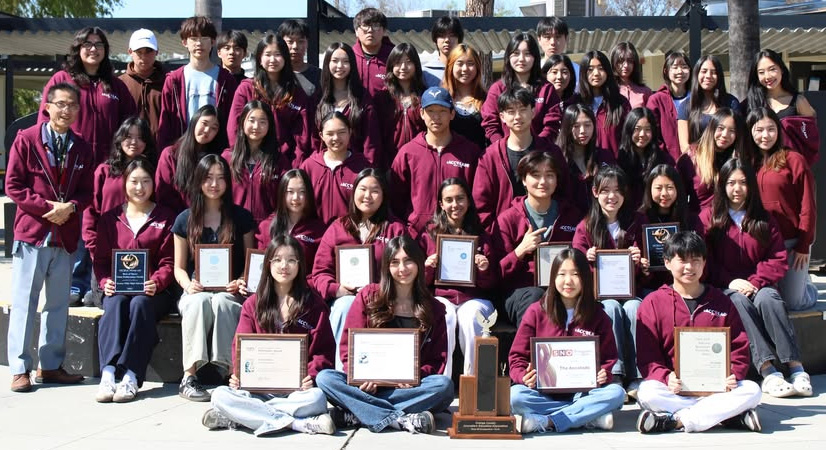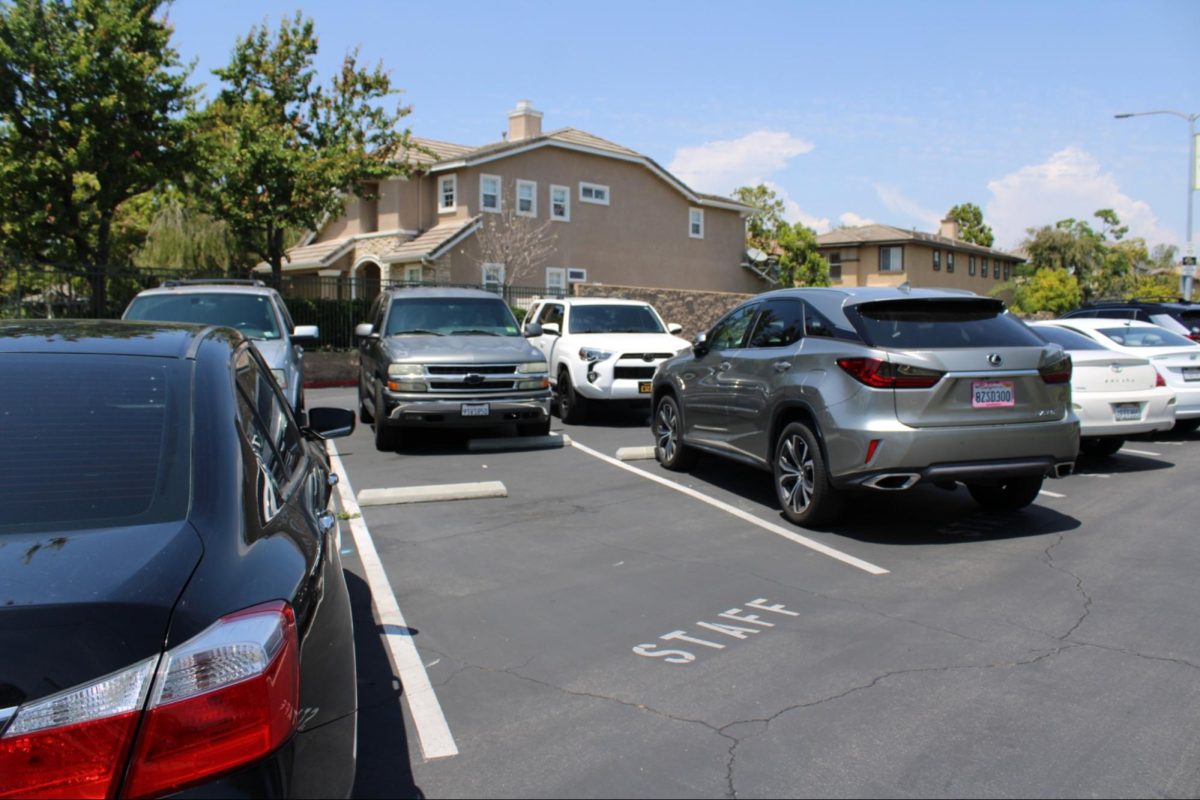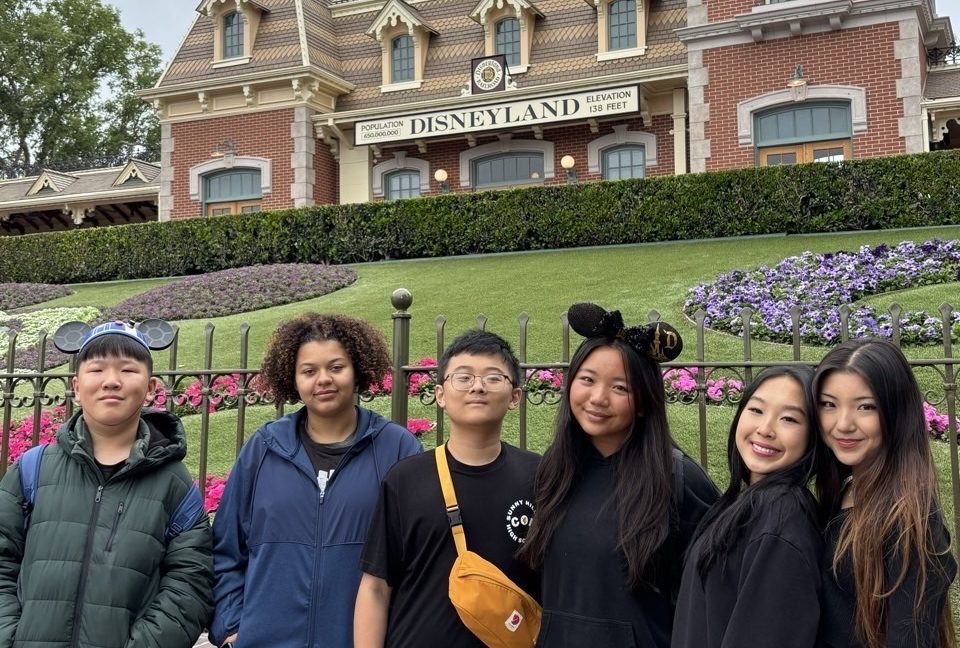A May 20 online article from the Los Angeles Times describes the first day of the return of school for students at Gyeongbuk Girls’ High School in Daegu, South Korea, the epicenter of the country’s coronavirus crisis.
Titled, “‘Kids will be kids’: Furtive hugs, complex logistics on South Korea’s first day back at school,” the story provides a picture of what’s happening throughout most of Asia as many countries there have eased their COVID-19-related restrictions: temperature checks for students; masks required for all; plexiglass separators for meal times and more. But nothing could prevent kids from doing what they’ve been taught to do since childhood — to show affection and kindness toward one another.
“Kids will be kids,” Gyeonbuk’s principal Nam Young-mok said. “If we get just one [coronavirus case], we’ll have to shut the entire school down [again].”
As Sunny Hills and the other campuses belonging to the Fullerton Joint Union High School District [FJUHSD] have ended 10 weeks of distance learning for the 2019-2020 school year, and district officials have started to discuss what the fall semester would look like, it’s comforting to know that this is happening now instead of later in the summer.
It took a while, but the district deserves credit for sending out a survey to parents on June 1 asking them important questions like how many days they would like their child to spend at school and whether they prefer that the school day return to a normal schedule or if some form of a hybrid schedule of in-class days mixed with distance learning from home is preferable. Of course, if those questions were to be asked of students, it wouldn’t be surprising if they would prefer a return to normalcy, like with the girls in that Korean school desiring to hug and greet each other.
Besides the poll, FJUHSD officials should make available the results as soon as possible so parents and students can get an idea as to where the district is headed as we’re only two months away from Aug. 11 when the 2020-2021 school year is scheduled to start.
The one thing that school officials should also do is look at what the East has done in reopening its schools and strongly consider adopting some of its practices, including keeping the class sizes the same as in past school years.
After the 2002 severe acute respiratory syndrome, or SARS, epidemic that originated in Guangdong, China, Asian countries know how to handle these coronaviruses compared to the United States’ limited experience with them. Immediately, these Asian countries — China, Taiwan and Singapore — instituted the wearing of face masks, even adopting the practice into their culture for protection.
But after the first U.S. case of the virus on Jan. 20, information about face coverings were confusing. At first, U.S. surgeon general Jerome Adams said to stop buying masks on a Feb. 29 Twitter post; then, he recommended wearing them on NBC’s “Today” show on April 1 — a bit over a month later. And it took three months after the first case of COVID-19 for the White House on April 3 to finally announce a new U.S. Centers for Disease Control and Prevention suggestion to wear face coverings, according to Stat News.
This clearly shows just how far ahead Asia is when dealing with a pandemic. In that vein, FJUHSD officials should do what Gyeongbuk Girls’ High School did: open school again to all students, requiring such protective barriers as face coverings for students and staff and clear plastic walls in cafeteria seating areas.
Of course, some could view this as a high risk, especially since some districts recently have appealed to their local CDCs to provide health guidelines for them before they make a decision about reopening schools. FJUHSD officials, though, should follow what the Los Angeles Unified School District has proposed, which is requiring parents to sign a coronavirus-related liability form before allowing their children to return to campus. The waiver would protect the district from a lawsuit if their children happen to catch the coronavirus while attending school.
Asian schools reopening again also are aware of the research out there that have shown very low numbers of students contracting COVID-19 from attending school. For example, a May 22 online article in The Guardian cited results based on England’s UCL Great Ormond Street Institute of Child Health review of 6,000 recent studies on the pandemic that was narrowed down to only 18 containing data related to minors.
The study found that children and young adults under 20 years old were 56 percent less likely to be infected with the novel coronavirus.
“The balance of evidence is clearly that children are the safest group to be out in the community. They have the lowest prevalence of infections and the risk of death or severe infection from COVID-19 is exceptionally low in children,” senior author Russell Viner said. “So for children themselves, the balance of risk is strongly in favor of a return to school given the very clear evidence of harm due to lockdown.”
Locally, even the Southern California chapter of the American Academy of Pediatrics representing 1,500 doctors want children and teens to return to school again in the fall. According to a June 3 Los Angeles Times online article, it quotes this excerpt from the physicians’ statement:
“Prolonging a meaningful return to in-person education would result in hundreds of thousands of children in Los Angeles County being at risk for worsening academic, developmental and health outcomes. Children rely on schools for multiple needs, including but not limited to education, nutrition, physical activity, socialization, and mental health. Special populations of students receive services for disabilities and other conditions that are virtually impossible to deliver online.”
One prevalent practice in most Asian educational systems that the FJUHSD should not adopt would be students staying in the same classroom the whole school day while teachers come in to teach them for the different school periods.
Students in these Asian schools only come in contact with their own seat and desk unlike most American school systems where students enter different classrooms and use multiple desks throughout the school day, maximizing the risk of spreading germs.
While mask wearing as a habitual practice is something that most Americans have easily accepted and adapted into their lifestyle, the idea of teachers making their rounds will be much harder to get used to for a U.S. educational system.
With their own classroom, American educators are guaranteed the freedom to organize furniture and desks and incorporate different aspects of technology like an Apple TV or a Google Chromecast or a large touch screen TV monitor. They can easily store curriculum materials in their filing cabinets or drawers; teachers moving from class to class and setting up for their lessons would eat too much of the instructional minutes for each period.
Instructors teaching from their own classrooms should make it a practice to remind entering students to use school-issued sanitary wipes upon reaching their seats to prevent the spread of germs, whether they be COVID-19- or flu- or cold-related.
So while the media have reported on the progress that districts statewide have made in preparation for what’s to come in the fall — ranging from county return to school task forces to surveys of students’ parents — let’s not forget to study how other countries have undertaken the challenge of reopening their schools. Schools like the all girls one in South Korea should be looked at under a microscope by FJUHSD officials if not by all U.S. educators to see that a return to normalcy is possible.
Given basic social distancing guidelines like wearing face masks at all times and staying home from school if you know you have a fever or high temperature, the 2020-2021 school year could become a U.S. model of success for how to return to normal after a pandemic.
Even the students who normally dislike attending school in-person have expressed their desires to be in the classroom again; if not for the instruction, then for the interactions with their friends that would normally extend across the virtual walls of their Google Meet camera frames and Zoom chat messages.
And if kids want to hug each other on Aug. 11, then why not? Kids will be kids — COVID-19 or not.

